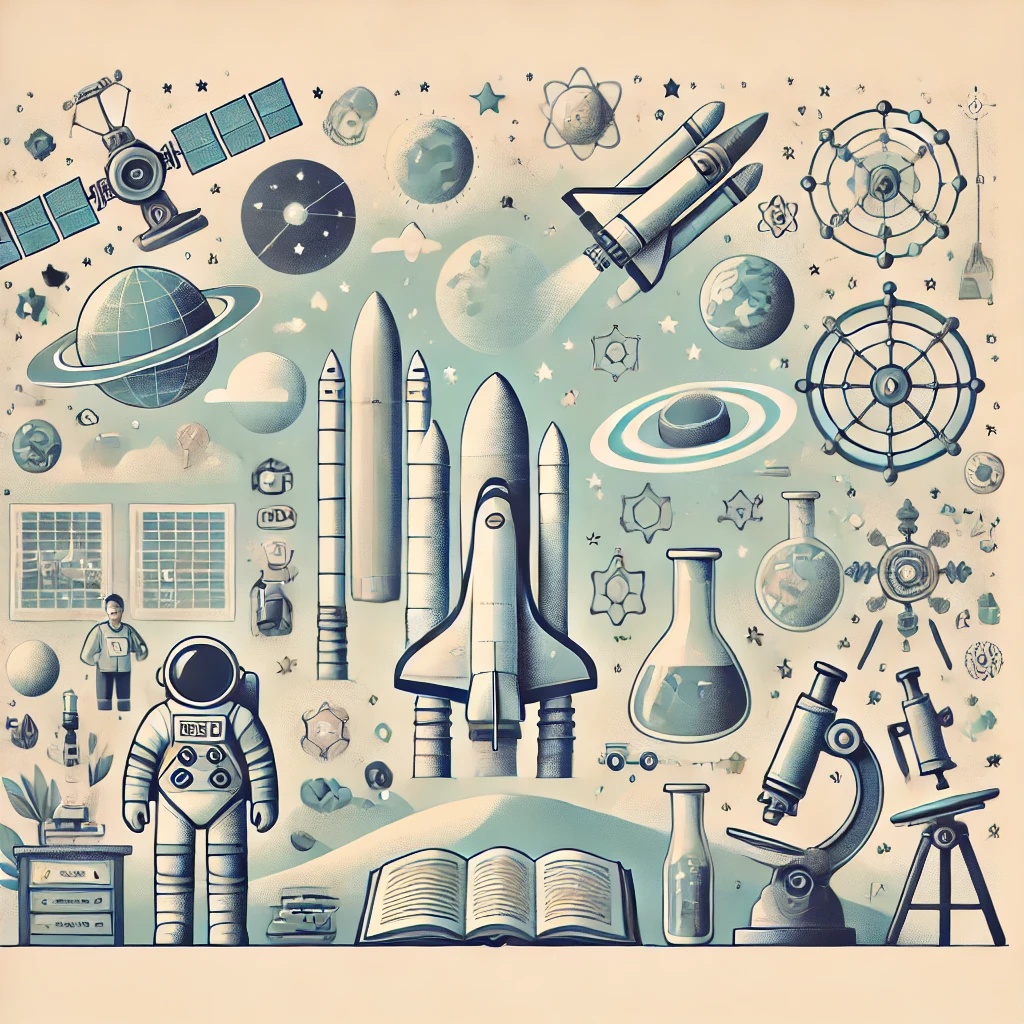The Role of Space Exploration in Scientific Discovery
Space exploration has always been a frontier for human curiosity and scientific advancement. From the first steps on the moon to the latest missions to Mars, space exploration has significantly contributed to our understanding of the universe and fostered numerous technological advancements. Here’s a look at how space exploration plays a crucial role in scientific discovery.
1. Expanding Our Knowledge of the Universe
Space exploration allows us to study celestial bodies, galaxies, and cosmic phenomena that are otherwise inaccessible. Through missions and observations, we gain insights into the origins, evolution, and mechanics of the universe.
Key Missions:
- Hubble Space Telescope: Provided deep-field images and expanded our understanding of the cosmos.
- Voyager Probes: Sent back invaluable data from the outer planets and beyond.
- James Webb Space Telescope: Expected to uncover new details about the formation of stars and galaxies.
2. Advancements in Technology
The challenges of space exploration have led to the development of cutting-edge technologies that benefit various fields on Earth, from medicine to communication.
Technological Innovations:
- Satellite Technology: Revolutionized global communication, weather forecasting, and navigation.
- Medical Advances: Innovations like MRI scanners and telemedicine originated from space research.
- Materials Science: Development of new materials such as heat-resistant alloys and lightweight composites.
3. Understanding Earth’s Climate and Environment
Satellites and space missions provide critical data for monitoring Earth’s climate, natural disasters, and environmental changes. This information helps scientists develop strategies to address global challenges.
Earth Observation:
- Climate Monitoring: Satellites track atmospheric conditions, greenhouse gas levels, and ice cover.
- Disaster Response: Early warning systems for hurricanes, earthquakes, and floods.
- Environmental Protection: Monitoring deforestation, ocean health, and air quality.
4. Inspiring Scientific and Educational Outreach
Space exploration captivates the imagination and inspires future generations to pursue careers in science, technology, engineering, and mathematics (STEM).
Educational Impact:
- STEM Education Programs: Initiatives like NASA’s educational outreach promote STEM learning.
- Public Engagement: Space missions engage the public through media, museums, and educational content.
- Inspiration: Stories of astronauts and space missions motivate students and spark curiosity.
5. Collaboration and International Cooperation
Space exploration often involves collaboration between countries, fostering international cooperation and peaceful relations.
Global Partnerships:
- International Space Station (ISS): A joint project involving NASA, ESA, Roscosmos, JAXA, and CSA.
- Mars Exploration: Collaborative efforts in missions to Mars by NASA, ESA, and other space agencies.
- Shared Knowledge: Exchange of scientific data and expertise across borders.
6. Preparing for Future Exploration
Current space missions lay the groundwork for future human and robotic exploration of distant planets and moons, potentially leading to new habitats and resources.
Future Missions:
- Artemis Program: Aiming to return humans to the moon and establish a sustainable presence.
- Mars Missions: Ongoing and planned missions to explore Mars’ surface and search for signs of life.
- Asteroid Mining: Potential for harvesting resources from asteroids to support space colonies.
Conclusion
Space exploration is a driving force behind many scientific discoveries and technological advancements. It expands our understanding of the universe, improves life on Earth, and inspires future generations. As we continue to explore the cosmos, the possibilities for new discoveries and innovations are limitless. Embrace the journey of space exploration and its profound impact on scientific discovery.






